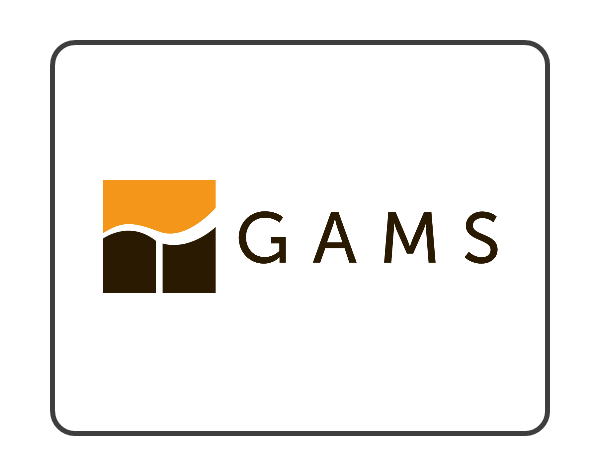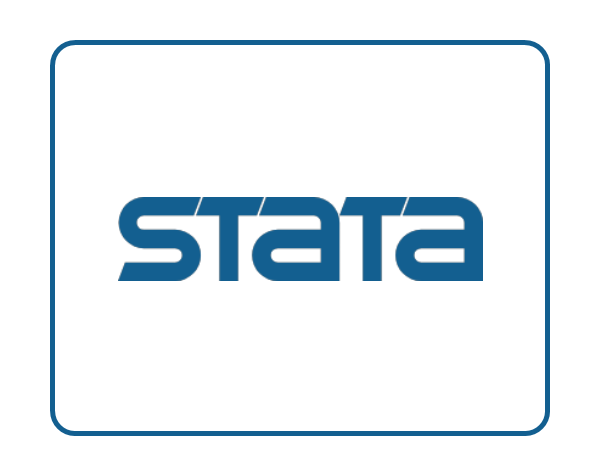RunDynam - 递归动态模型
我们所说的递归动态模型是指多周期 CGE 模型,其中一次计算一个周期的结果。相比之下,对于完 全跨期模型,所有时期的结果都是同时计算的。
RunDynam是一个Windows界面,它提供了一个专门为使用递归进行预测和策略偏差而量身定制的环境动态模型。它用于求解MONASH、MMRF、动态GTAP和其他递归动态模型。
功能摘要
RunDynam允许您构建一个基本情况(可能是预测)和与基本情况的策略偏差,该模型已经使用GEMPACK实现。从初始数据开始,该模型在几年内逐年(即递归)求解。 对于随后的每一年,起始数据都是上一次模拟产生的更新数据。
首先解决基本情况,然后执行策略偏差。您可以为模型选择任一组输入数据文件;这些是基本情况的起点。您可以使用GEMPACK指令文件中所需的语法指定文本文件的闭包和冲击。您可以从基本情况和策略运行中选择输出文件的名称。您可以在多种方法中进行选择来求解模型。您可以查看屏幕上显示基本情况或策略偏差的结果,或将其导出到其他程序。RunDynam可以生成所选变量的图形随着时间的流逝。您可以查看或复制初始模型数据库或在基本情况或策略期间生成的任一更新数据文件偏差。
存储和交换仿真详细信息
多年模拟的完整规格必然很复杂,因为不同的年份将使用不同的闭合和冲击。RunDynam提供了一种方便、紧凑地将重新创建动态所需的所有成分存储在一个文件中的方法模拟。您可以存档或恢复这些模拟详细信息,或将其发送给其他 RunDynam 用户。这种与他人共享模拟的能力是RunDynam重要功能之一。
将示例应用程序加载到RunDynam中
通过双击桌面上的 RunDynam 图标启动 RunDynam 运行。
RunDynam可能会建议您从ZIP存档加载应用程序开始。如果是这样,请说“是”并按照以下说明进行。如果 RunDynam 没有提出此建议,请从 Zip 菜单中选择“从 ZIP 存档中恢复成分”项,然后按照说明如下。选择您下载的 ZIP 存档OGRDAP1.ZIP。
然后,系统将要求您指定要将文件还原到的目录。我们建议您在OGRDAP1安装了RunDynam,例如“C:\RunDynam\OGRDAP1”。您可以在“目录名称”字段中键入此内容(不带引号),而新的将为您创建目录。为了响应下一组提示,单击“是”创建目录,单击“确定”确认,“是”立即加载模拟详细信息,然后 “确定”关闭有关工作目录的消息。
示例应用程序概述
查看 RunDynam 显示的选项卡式笔记本中的不同页面。这些标记为简介、模型/数据、Sim 概述、 关闭/冲击、结果、其他文件。
在“模型/数据”页面(单击“模型/数据”选项卡以进入该页面)上,您可以看到将求解模型的程序名称ORANIGRD.EXE 基本案例和策略的每一年都会运行。您还可以查看起始数据文件 ORANIGRD 的名称。如果你想看看实际的 data,右键单击标题“Input Files for First Year of Base Case”下的 BASEDATA 行,然后选择“查看此文件”选项。
RunDynam 完整地记录在随附的大量帮助文件中。请单击菜单项“内容”下“帮助”菜单查看此内容。
【英文介绍】
RunDynam is a Windows interface which provides an environment specially tailored for carrying out forecasts and policy deviations with recursive dynamic models. It is used to solve MONASH, MMRF, Dynamic GTAP, and other recursive dynamic models.
RunDynam allows to you to construct a base case (which may be a forecast) and policy deviations from the base case with a model which has been implemented using GEMPACK. The model is solved on a year-to-year basis (that is, recursively) over a number of years, starting from initial data. For each subsequent year, the starting data is the updated data produced by the previous simulation.
You first solve the base case, then carry out the policy deviation. You can choose any group of input data files for the model; these are the starting points for your base case. You specify closures and shocks on text files, using the syntax required in GEMPACK Command files. You can choose names for the output files from the base case and policy runs. You can choose among several methods to solve the model. You can view the results of the base case or policy deviation on the screen, or export them to other programs. RunDynam can produce graphs of selected variables over time. You can view or copy either the initial model data base or any of the updated data files produced during the base case or policy deviation.
Storing and exchanging Simulation Details
The full specification of a multi-year simulation is necessarily complex, as different closures and shocks will be used for different years. RunDynam offers a way to conveniently and compactly store in one file all the ingredients needed to recreate a dynamic simulation. You can archive or recover these simulation details, or send them to other RunDynam users. This ability to share simulations with others is one of RunDynam's most useful features.
- 2025-12-18
- 2025-12-17
- 2025-12-15
- 2025-12-12
- 2025-12-12
- 2025-12-12
- 2025-12-19
- 2025-12-16
- 2025-12-10
- 2025-12-09
- 2025-12-08
- 2025-12-08
















